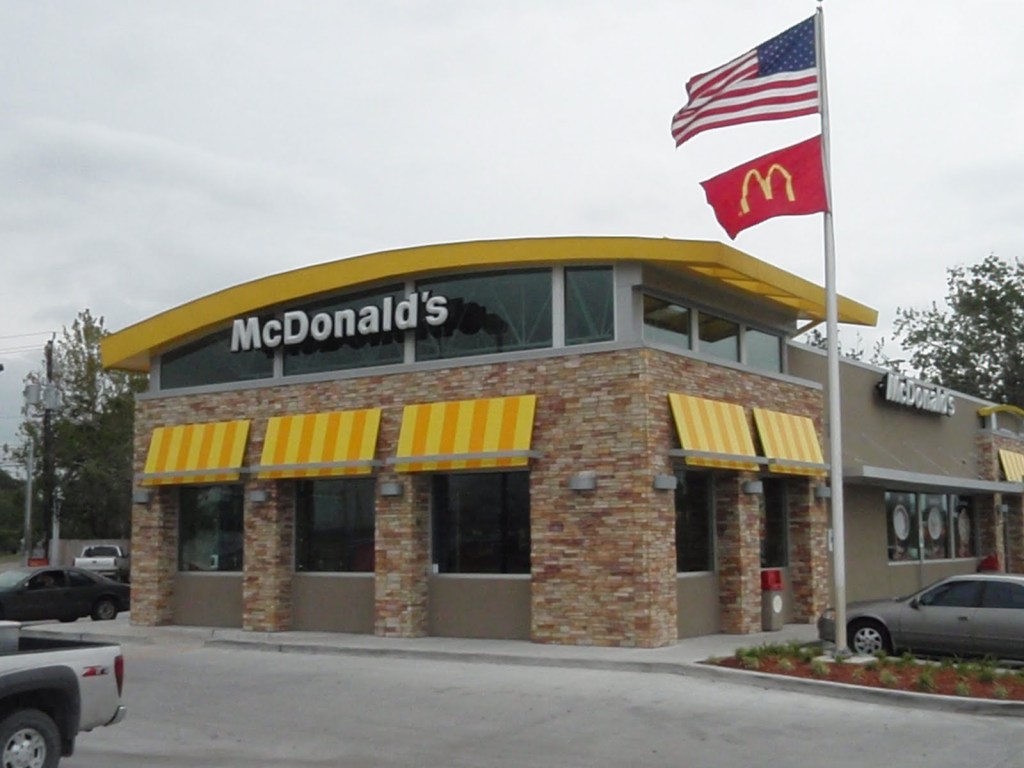Rivals continue to take bite out of McDonald’s sales
Published 9:15 am Tuesday, December 9, 2014

- McDonald's
Each time McDonald’s announces how much money it’s making, the company is forced to share an embarrassing truth: Americans are eating less and less of its hamburgers, chicken nuggets and french fries.
The most recent example came Monday, when the global hamburger giant posted earnings for November, announcing that its same-store sales (those open for at least 13 months) have again fallen steeply in the United States – this time by nearly 5 percent. It is the 13th straight month that same-store sales fell in the United States.
McDonald’s inability to reverse its struggles in what is the fast-food behemoths’s largest market has left the company scrambling. But instead of fixing problems, the company produced a decidedly ineffective strategy, which appears to be the result of a misunderstanding of why and when people purchase food at its more than 14,000 U.S. outlets.
Fortune describes the approach McDonald’s has chosen as a “barbell strategy,” in which the chain has doubled down on its cheaper options (often dollar-menu items) while also marketing healthier or higher-quality – and thus more expensive – offerings.
The problem is that McDonald’s pricier items are getting too expensive. A Big Mac costs nearly $5, or about twice what it cost in 2002. That price point is likely untenable for the company, since it nearly touches those at higher-end chains. The result, Fortune said, appears to be the migration of McDonald’s customers.
As the prices of premium products creep closer to those of restaurants such as Panera Bread and Chipotle – a relatively new class of eatery labeled “fast casual” – and approach designer burger joints such as Shake Shack and Five Guys, McDonald’s risks losing customers.
Indeed, food companies such as Chipotle, which charge extra for the promise of better ingredients, have found a growing customer base. Even the Federal Reserve has acknowledged the trend. “Restaurant sales climbed, especially in the quick-service segment. Consumers shifted away from hamburgers, towards chicken, pizza, and Mexican food,” the bank said in its recent Beige Book Report.
But McDonald’s problems aren’t merely because of a misplaced bet that Americans are willing to trade a $5 bill for a Big Mac when they can spend a comparable amount and consume a better-regarded burger. (McDonald’s hamburgers are among consumers’ least favorite, according to a recent study by Consumer Reports). The company has introduced initiatives such as the “Dollar Menu & More,” but the focus on affordability hasn’t panned out.
The company’s response to the disappointing results appears to be more of a doubling down than a backing away.
“Today’s consumers increasingly demand more choice, convenience and value in their dining-out experience,” Don Thompson, McDonald’s president and chief executive, said in a statement. “We are working to bring the McDonald’s Experience of the Future to life for our customers to better deliver against these evolving expectations.”
If the company’s latest change is any indication, the experience might look like what you get at Chipotle. McDonald’s announced on Monday a plan to test a new “Create Your Taste” program, which will allow patrons in some 2,000 U.S. restaurants to build their own hamburgers.
No carnitas burritos – yet.

